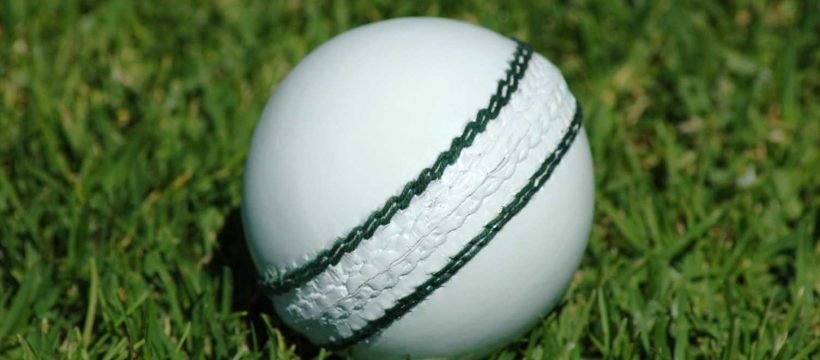ENGLAND has got World Cup fever as Eoin Morgan's men go for glory on home soil.
Although not as fast-paced and explosive as Twenty20 cricket, one-day internationals have evolved in recent years into a far more attacking and run-based game.
Why does the Cricket World Cup have a white ball instead of a red ball?
MATCHES at the World Cup are full one-day internationals, which are played over 100 overs.
As a result, each side gets a maximum of 50 overs to bat and there are some key differences between this format of the game and Test cricket.
Firstly, you'll notice that the sides aren't playing in traditional white clothing.
Originally, ODIs were also played in whites but after 2000, all one-day games at international level utilise coloured uniforms.
If you've watched Test cricket, you'll have also noticed that the World Cup features a white ball rather than a traditional red one.
This was introduced when one-day matches began being played under floodlights, as they are more visible at night.
Sight-screens have to be black as a result, with every ODI now played with the white ball regardless if it's a day/nighter.
The white ball behaves slightly differently to a traditional red ball – it tends to swing more in the early overs but deteriorates faster, which can help the batting team in the later stages of an innings.
Despite the clear differences, manufacturers maintain that both red and white balls are made in the same way.
Source: Read Full Article


